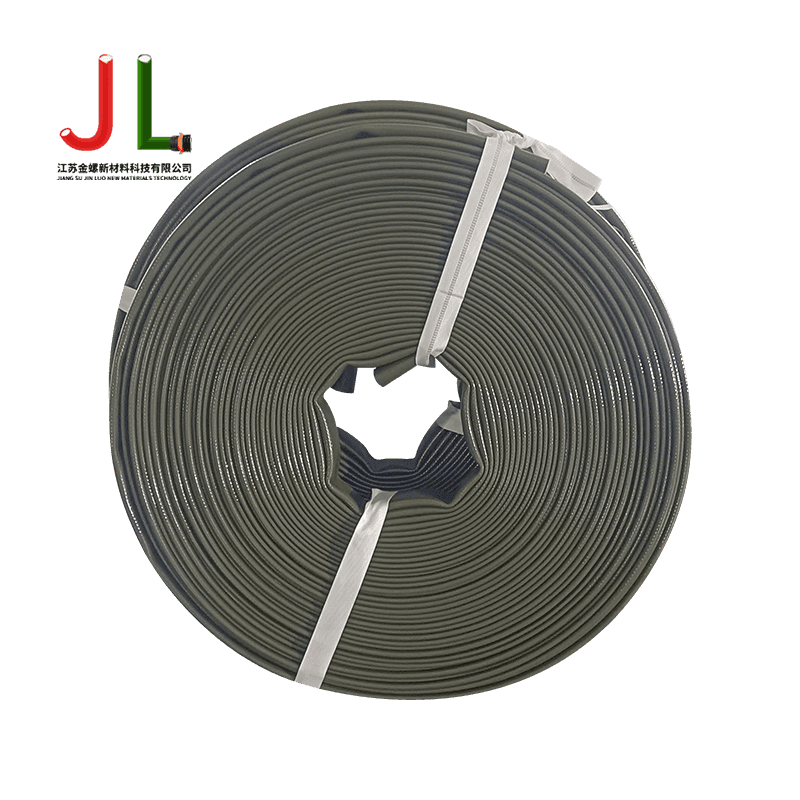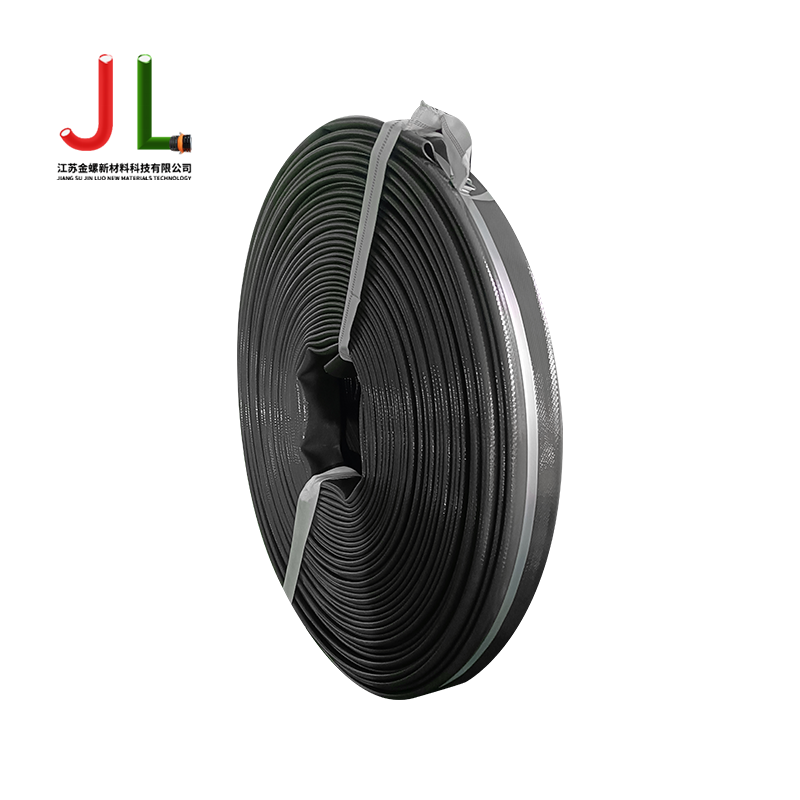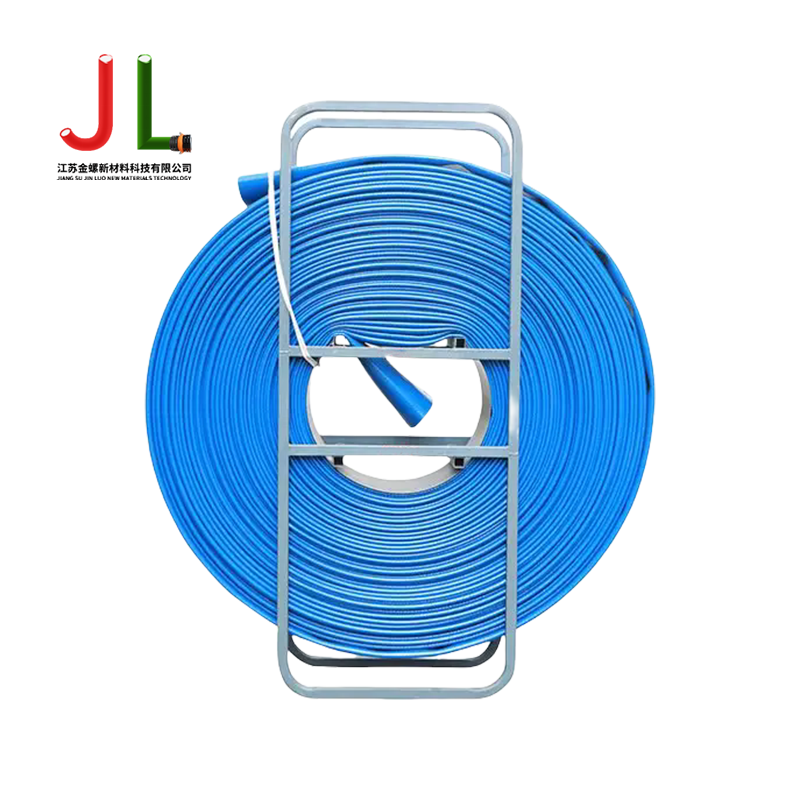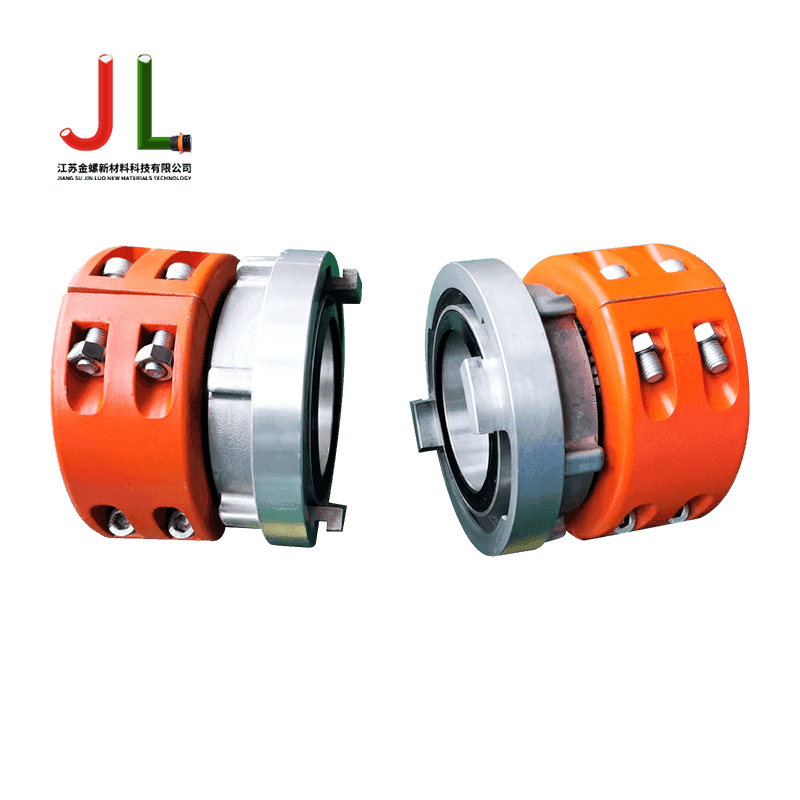The Ultimate Guide to Mining Dewatering Hoses: Selection, Application, and Maintenance
Understanding the Critical Role of Dewatering in Mining Operations
Dewatering, the process of removing water from a mine site, is a fundamental operation that ensures safety, stability, and productivity. Uncontrolled water accumulation can lead to catastrophic consequences, including slope instability, equipment failure, and hazardous working conditions. At the heart of any effective dewatering system lies a critical component: the dewatering hose. These are not ordinary hoses; they are engineered to handle the abrasive, high-volume, and often high-pressure demands of the mining industry. Selecting the right hose is not merely a procurement decision but a crucial operational one that impacts efficiency, downtime, and overall project cost. This guide delves deep into the world of mining dewatering hoses, providing a comprehensive overview to inform your selection and maintenance strategies.
Key Considerations for Selecting a Mining Dewatering Hose
Choosing the appropriate dewatering hose requires a thorough evaluation of several interconnected factors. A misstep in selection can lead to premature hose failure, costly replacements, and significant operational delays. The primary goal is to match the hose's construction and capabilities precisely with the specific demands of the application.
Material Composition and Construction
The materials used in a hose's construction determine its resistance to wear, chemicals, and environmental factors. Common materials include various grades of rubber (natural and synthetic) and thermoplastics like polyurethane (PU) and polyvinyl chloride (PVC). Rubber hoses, often reinforced with fabric or steel cord, are renowned for their exceptional abrasion resistance and durability in tough mining environments. They can handle sharp rocks and constant dragging over rough terrain better than many other materials. In contrast, PVC and PU hoses are typically lighter and more flexible, offering excellent resistance to a wide range of chemicals and oils, which might be present in the pumped water. The internal reinforcement is equally critical. Hoses may feature multiple textile piles for medium-pressure applications or spiral-wound steel wire for very high-pressure duties, preventing the hose from collapsing under suction or bursting under pressure.
Pressure and Suction Ratings
Understanding the difference between pressure rating and suction rating is vital for safe operation. The pressure rating (often expressed in BAR or PSI) indicates the maximum internal pressure the hose can withstand continuously. Exceeding this rating can cause the hose to burst. The suction rating, on the other hand, refers to the hose's ability to resist collapsing under a vacuum, which is crucial for suction lines. A hose with a weak suction rating will flatten when used on the inlet side of a pump, severely restricting flow and damaging the hose. It is imperative to select a hose whose ratings exceed the maximum expected pressure and vacuum levels of your system, incorporating a safety factor to account for pressure spikes or surges.
Diameter, Length, and Flow Capacity
The inner diameter (ID) of the hose directly influences the flow rate and velocity of the water. A larger diameter allows for a higher volume of water to be moved at a lower velocity, which reduces friction loss and energy consumption. However, larger hoses are heavier, less manageable, and more expensive. It's a balance between hydraulic efficiency and practical handling. The length of the hose also contributes to friction loss; longer hoses require more pump power to move water the same distance. Calculating the required flow rate (in gallons per minute or liters per second) and the total dynamic head of the system will help determine the optimal hose diameter and length to achieve efficient dewatering without overworking the pump.
Exploring Specialized Types of Dewatering Hoses
The term "dewatering hose" encompasses a variety of specialized types, each designed for a specific set of conditions. Understanding these distinctions is key to finding the perfect hose for your project's unique challenges.
High-Abrasion Resistance Hoses for Slurry Applications
Not all mine water is clear. Often, it is a mixture of water, fine silt, sand, and sharp rock particles, creating a highly abrasive slurry. Standard hoses would be destroyed quickly in such an environment. High-abrasion resistance slurry discharge hoses are specifically engineered for this purpose. They feature extra-thick, wear-resistant rubber compounds, often infused with materials like alumina oxide for added toughness. The tube cover is designed to withstand constant abrasion from the outside, such as being dragged across rocky ground. Using a standard water hose in a slurry application is a false economy, as it will require frequent replacement, leading to higher long-term costs and more downtime.
Lightweight and Flexible Options for Remote Sites
Mining operations are increasingly moving into remote and difficult-to-access locations. In these settings, the weight and maneuverability of equipment become paramount. Heavy rubber hoses, while durable, can be extremely challenging to transport and deploy over long distances. This is where lightweight dewatering hose options for mining prove their worth. Constructed from advanced materials like thermoplastic polyurethane (TPU), these hoses offer a fantastic strength-to-weight ratio. They are significantly easier for a small crew to handle, connect, and move, drastically reducing setup time and labor fatigue. While their abrasion resistance might not always match the very best rubber hoses, their practical advantages in logistics and handling make them an excellent choice for many dewatering tasks, particularly where the water is less abrasive.
Cost-Effective Solutions for Small-Scale Projects
Not every mining dewatering operation is a massive open-pit mine. There are countless smaller-scale projects, such as exploratory drill sites, minor earthworks, or temporary construction dewatering, where budget is a primary constraint. For these applications, investing in top-tier, heavy-duty hoses may not be financially justified. Low-cost mining dewatering hose alternatives exist to serve this market. These are often made from PVC or lighter-duty rubber and may have fewer reinforcement layers. The key for operators is to carefully match the hose's specifications to the specific job requirements. For pumping relatively clean water over a short distance at low pressure, a more economical hose can perform perfectly adequately, providing a solid return on investment without the need for premium features that will go unused.
Durability and Performance in Harsh Environments
The mining environment is arguably one of the most punishing industrial settings for any equipment. Dewatering hoses are subjected to a constant barrage of physical and environmental stressors that can degrade lesser products rapidly.
Resistance to Weather, Ozone, and UV Exposure
Dewatering hoses are often left deployed in the open for extended periods, exposed to the full force of the elements. Ultraviolet (UV) radiation from the sun can break down the chemical bonds in certain materials, like some rubbers and plastics, causing them to become brittle, crack, and lose their flexibility. Ozone, present in the atmosphere, also accelerates the cracking process, especially in rubber compounds. Furthermore, extreme temperatures—both hot and cold—can affect a hose's flexibility and pressure rating. Therefore, it is essential to select a hose whose cover compound is specifically designed to resist weathering, ozone, and UV damage. This ensures the hose maintains its integrity and performance over its intended lifespan, even when stored or used outdoors indefinitely.
Couplings and Connection Systems
The hose itself is only as strong as its weakest point, which is often the connection to the pump or the next hose section. Proper couplings are critical for a leak-free and secure dewatering system. There are various coupling systems available, including crimped, screwed, and bolted flange types. Crimped couplings provide a permanent, high-performance seal and are ideal for high-pressure applications. For easier field assembly and disassembly, quick-release couplings for dewatering systems are invaluable. These allow crews to connect and disconnect hose lines rapidly without tools, saving immense amounts of time and labor during setup, reconfiguration, and pack-down. A secure coupling prevents leaks that waste water and energy, and more importantly, prevents accidental disconnection that could lead to flooding or equipment damage.
Maintenance, Storage, and Maximizing Hose Lifespan
A high-quality dewatering hose represents a significant investment. Proper care, maintenance, and storage are essential practices to protect that investment, ensure safety, and achieve the lowest possible cost per operating hour.
Proper Handling and Operational Best Practices
How a hose is used on site has the greatest impact on its longevity. Adopting simple best practices can dramatically extend a hose's service life. Avoid dragging the hose over sharp rocks or across abrasive surfaces whenever possible; instead, carry it or use equipment to move it. Minimize tight bending radii, especially near couplings, as this kinks the hose, restricts flow, and stresses the reinforcement layers. Avoid running vehicles over the hose, as this can crush the reinforcement and cause internal damage not visible from the outside. During operation, be mindful of pressure spikes; start pumps slowly and use devices like surge suppressors if necessary. Training all personnel on these simple handling techniques is one of the most cost-effective strategies for reducing hose replacement costs.
Inspection, Cleaning, and Repair Procedures
A rigorous routine inspection schedule is the first line of defense against catastrophic failure. Hoses should be inspected before each use for signs of wear, including:
- External cover abrasion, especially down to the reinforcement layer.
- Bulges or soft spots, which indicate internal damage or separated plies.
- Cracking or weathering of the cover material.
- Damage to or corrosion of the couplings.
- Any signs of leaks.
After use, thoroughly cleaning the hose, inside and out, removes abrasive particles that can accelerate wear during storage and transport. For minor damage, such as small cuts or abrasions, field repair kits are available. These typically involve buffing the damaged area and applying a vulcanizing patch or a special chemical-resistant compound. However, for significant damage, especially to the reinforcement, the hose should be taken out of service and professionally repaired or replaced.
Correct Storage Methods to Prevent Degradation
How a hose is stored between projects directly affects its readiness for the next job. The ideal storage location is cool, dry, dark, and well-ventilated, away from sources of ozone like electric motors. Hoses should not be stored under tension or tightly coiled, as this can set a permanent bend or kink. The best method is to coil the hose in a large, loose diameter (over 1.5 meters is ideal) and lay it flat on a rack, avoiding contact with the ground. If stacking is necessary, avoid stacking too high to prevent crushing the bottom hoses. If a hose must be stored outside, it should be covered with a opaque, waterproof tarpaulin to protect it from UV rays and precipitation. Following these best practices for mining dewatering hose storage will prevent premature aging and ensure the hose is in optimal condition when next needed.



 English
English عربى
عربى 中文
中文













